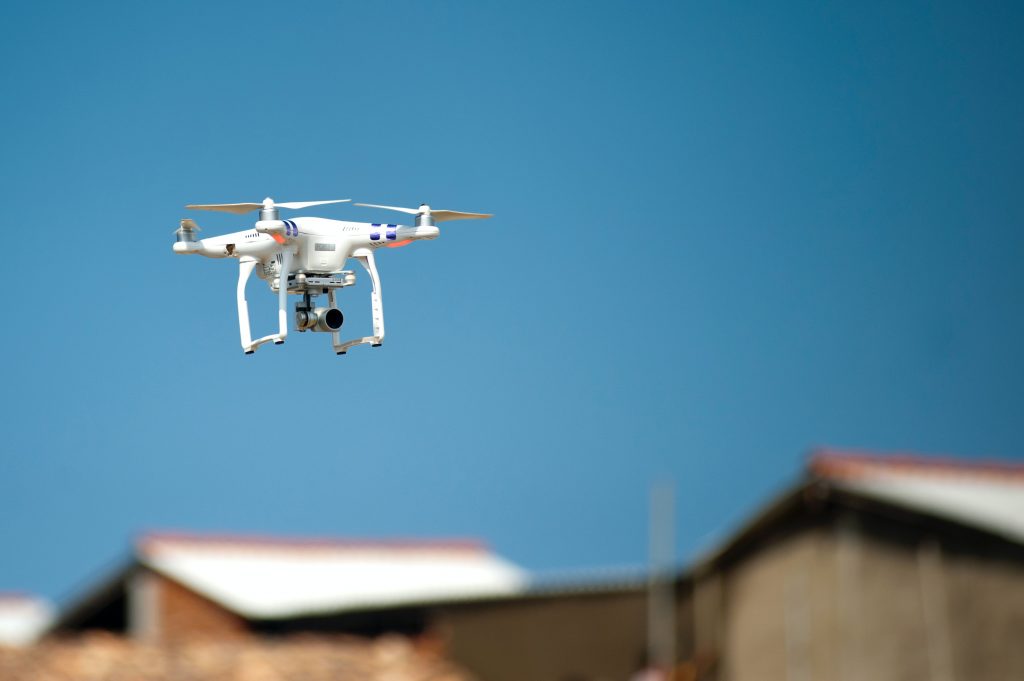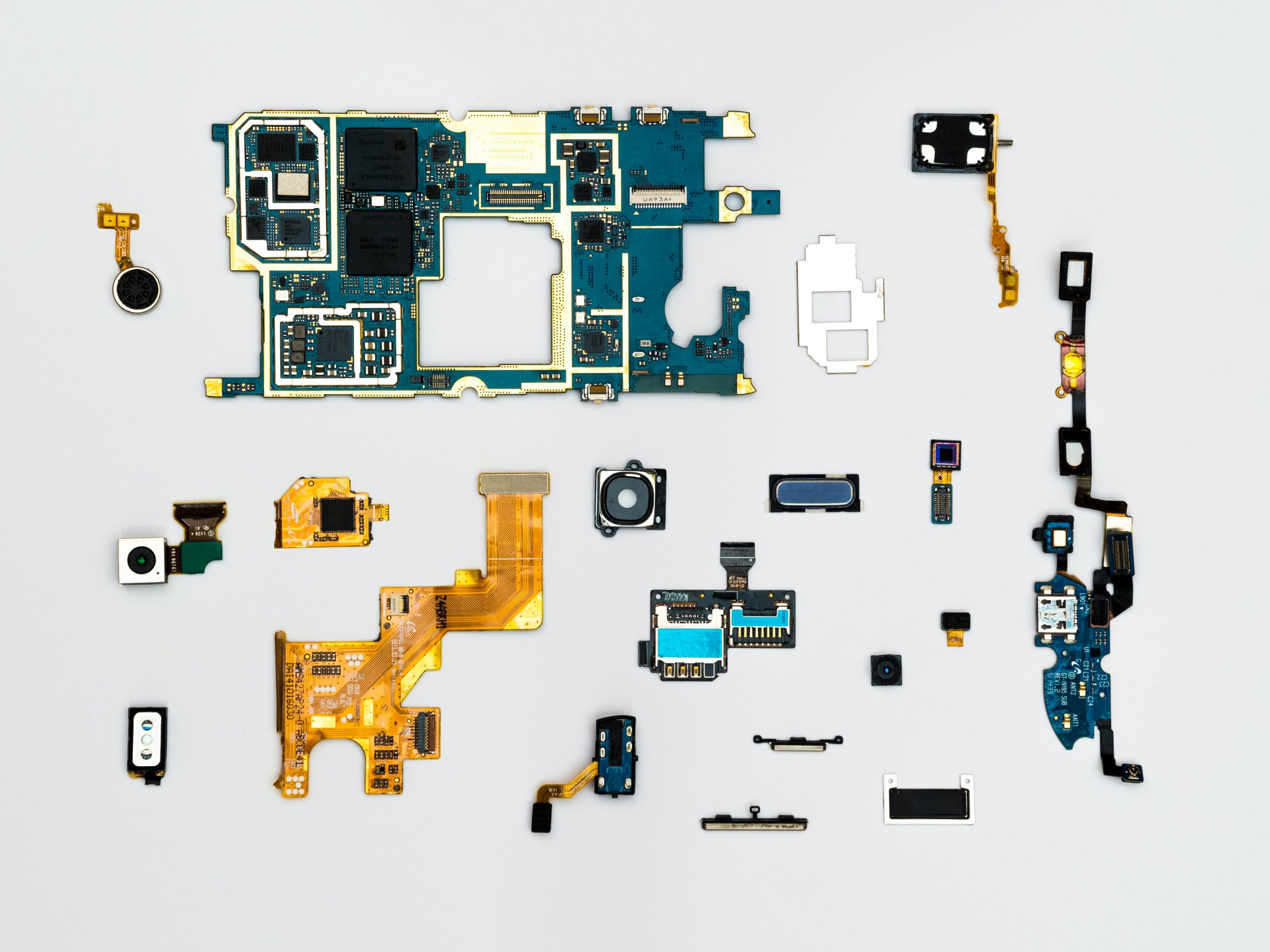Robotic process automation (RPA) refers to a kind of industry-wide automation technology, usually based on metaphorical intelligent agents or on robotic digital work workers. It can be called software automation. It uses information technology and other approaches to achieve business objectives.
Main feature
The main feature of this technology is its ability to replace repetitive tasks. These tasks are typically routine activities such as purchasing goods or services, completing work tasks such as payroll processing, and composing internal worksheets. Therefore, the traditional business processes are replaced by technological operations such as automated billing, digital transformation, and Customer Service. Moreover, the new digital transformation techniques reduce cost by reducing labor costs, while improving productivity, quality, and profitability.
Robotic process automation technologies are also commonly known as robots. There are different kinds of robots, each performing a specific task. For instance, there are general-purpose robots, process servers, work stations, robotic engineers, work buckets, work wheels, robotic arms, palletizers, packaging machines, pallet stackers, automatic material handling machines, and non-automated but similar machines. All these different kinds of robots have different features and they are used for different tasks.

Robotic systems can be used in manufacturing automation for the execution of complicated tasks. In general, the tasks that they replace are those that are manual, such as measuring, laying out, cutting, packaging, weighing, and so on. This means that in some cases human supervision is no longer needed. However, it is also true that when the tasks are too complex for any kind of human operator or any kind of machine, the presence of robots becomes a real benefit. Robotic process automation not only increases productivity but also improves the efficiency and quality of operations.
Effectiveness
The effectiveness of these robots depends on the capability of the software robots to perform their tasks. For this, deep learning is important. Deep learning is the use of large data sets and artificial intelligence techniques in software robots. It was developed by experts who want to enable the software robots to recognize handwritten patterns. In this way, an efficient system will be developed that could complete even the most difficult tasks given by complex managers. Furthermore, when you consider the efficiency of an artificial intelligence system, the same thing can be said about deep learning.
Besides business processes, another field in which robots have a considerable impact is education. Schools, colleges, universities, and technical institutes all around the world have found a great use in using robotic processes for teaching and learning. Not only do these processes reduce workloads for instructors but they also allow students to learn faster and more efficiently. As we all know, time is a very valuable commodity and people often waste it not completing projects, attending lectures, and making mistakes on their papers. In order to improve the efficiency of teaching as well as making students absorb what is being taught more easily, the use of robotic process automation needs to be implemented.

IBM is one of the leading companies in IT automation technologies. Its main focus is on business process outsourcing wherein it uses the IBM WebSphere Information Integration (IAI) Platform to help businesses with their business process modeling and integration. This way, businesses are able to save money, energy, and time because these processes are automated, and businesses don’t need to hire an IT professional for this. The IBA is also used for performing the integration between enterprise systems and incorporating new enterprise systems in the company. Through this, IBM enables businesses to use its high-grade hardware and software that are designed for the precision integration of electronic components in high-volume production systems.
Conclusion
These are some of the ways that Robotic Process Automation will change the way we do things. However, it is still important that we have a good management in place to oversee the implementation of these changes and to monitor the effectiveness of the system. By having the right managers and leaders in place, the implementation of the business process automation technology can run smoothly. After all, you wouldn’t want to invest your money into something that you don’t fully understand or don’t fully utilize.
